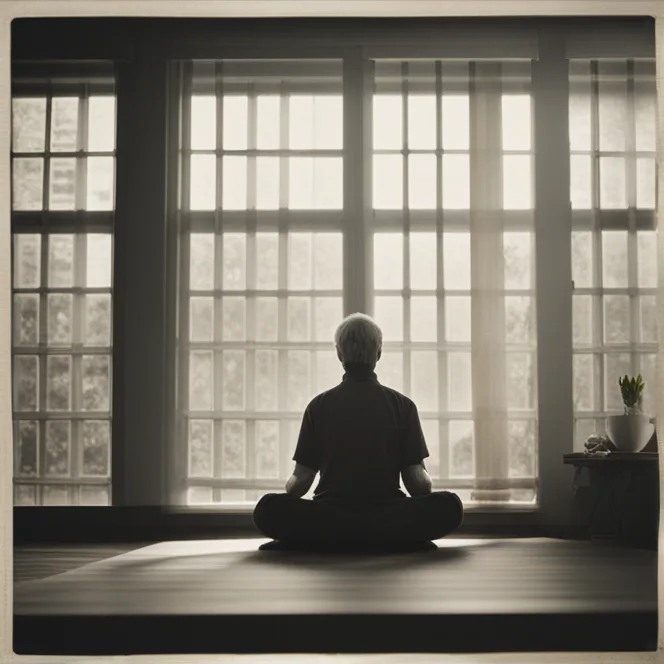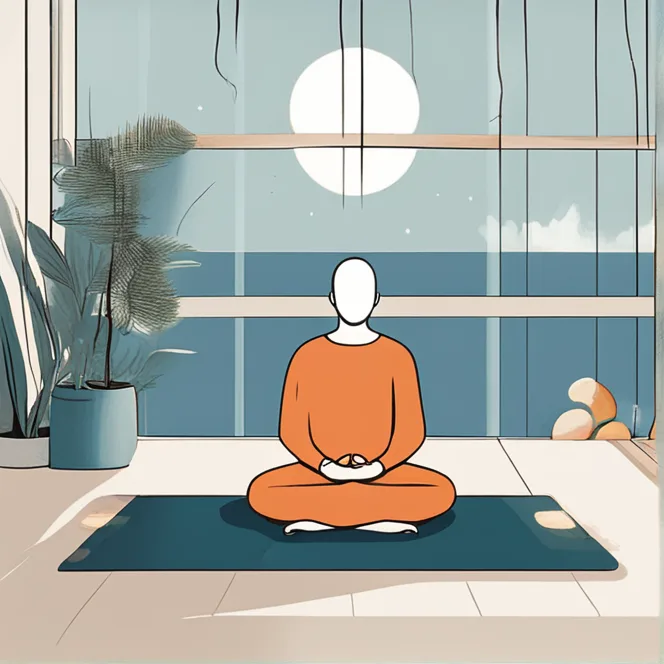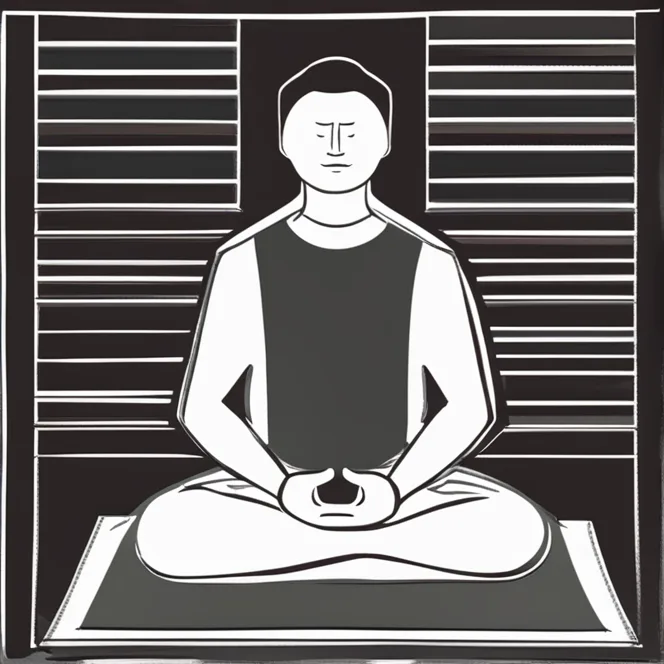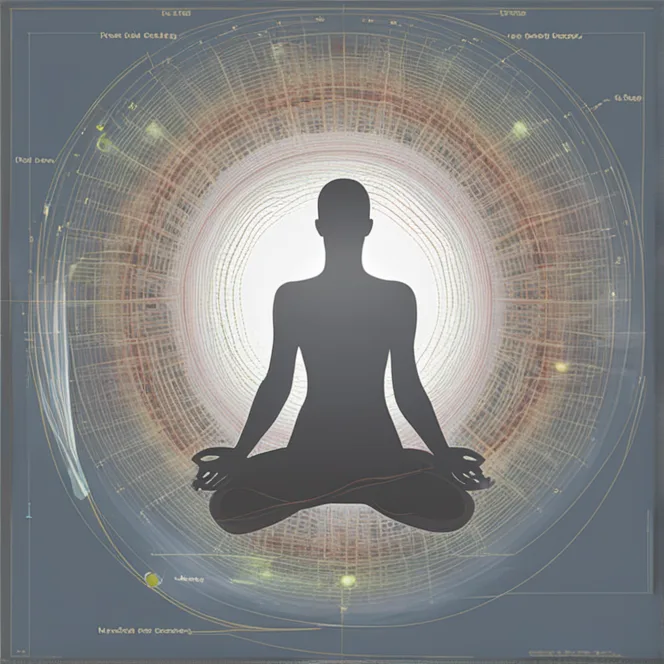
Guiding Your Mindfulness Meditation
Discover the serene practice of mindfulness meditation, enhancing your inner peace and self-awareness.
article by Hina Kurosawa
Mindfulness is the simple act of paying full attention to the present moment without judgment. It is a practice cultivated globally, known for reducing stress and enhancing personal well-being. Meditation provides a structured approach to mindfulness, allowing practitioners to train their minds to focus, breathe, and achieve tranquility. A mindfulness meditation does not require special equipment or environments; it only asks for your deliberate presence and attention.

To begin, designate a quiet, comfortable space where you can meditate without interruptions. This could be a corner of your bedroom, a dedicated meditation room, or even a peaceful outdoor setting. Ensure your chosen location is free from clutter and distractions that might pull your mind away from your meditation. A tidy space promotes a clear mind. Optimally, use cushions or chairs that support a posture conducive to focused meditation.

Settle into a comfortable position, whether it's seated on a cushion with your legs crossed or in a chair with your feet flat on the floor. Keep your spine straight—but not rigid—to allow for unobstructed breathing. Rest your hands gently on your knees or in your lap, and allow your eyes to close softly. This posture serves as the foundation from which your mindfulness meditation will begin.

Turn your attention to your breath, a vital anchor to the present moment. Notice the sensation of the breath as it enters through your nostrils, fills your lungs, and exits your body. There is no need to alter your breathing pattern—simply observe its natural rhythm. Should your mind wander, gently escort your focus back to your breath. This practice of returning to the breath builds concentration and mindfulness.

During meditation, it's normal for thoughts to arise. Mindfulness meditation is not about preventing thoughts but rather noticing them without attachment or judgment. Acknowledge any thought that comes, and then visualize it floating away or dissolving. Steadily redirect your awareness back to your breath each time you notice a thought, using the breath as a beacon to the present.
Mindfulness extends beyond meditation into every facet of life. Practice mindfulness while eating, walking, or engaging in conversations. Observe the details of your environment, the tastes and textures you experience, and the sensations of your movements. Cultivating mindfulness throughout your day can profoundly transform your experiences and interactions.
To close your meditation, take a few deep breaths and allow your awareness to expand beyond your breath to the room around you. Listen to the sounds near and far, feel the weight of your body, and acknowledge your presence in the space. When you feel ready, slowly open your eyes. Take a moment before rising to set an intention for maintaining mindfulness throughout your day.
Published: 12/14/2023
Modified: 12/15/2023
More predictions
Come back here soon to learn more about yourself and your future


Achieving Mindfulness Without Meditation
Discover practical ways to cultivate mindfulness in everyday life without the need for traditional meditation practices.


Calming Waves: Meditation For Stress Relief
Meditation techniques to help foster inner peace, alleviate stress, and enhance wellbeing in today's fast-paced world.


Meditation Techniques & Stress Relief
Discover effective meditation methods to alleviate stress and enhance well-being, suitable for beginners and seasoned practitioners alike.